A complete guide to how MotoGP qualifying works. From practice sessions to the fight for pole position
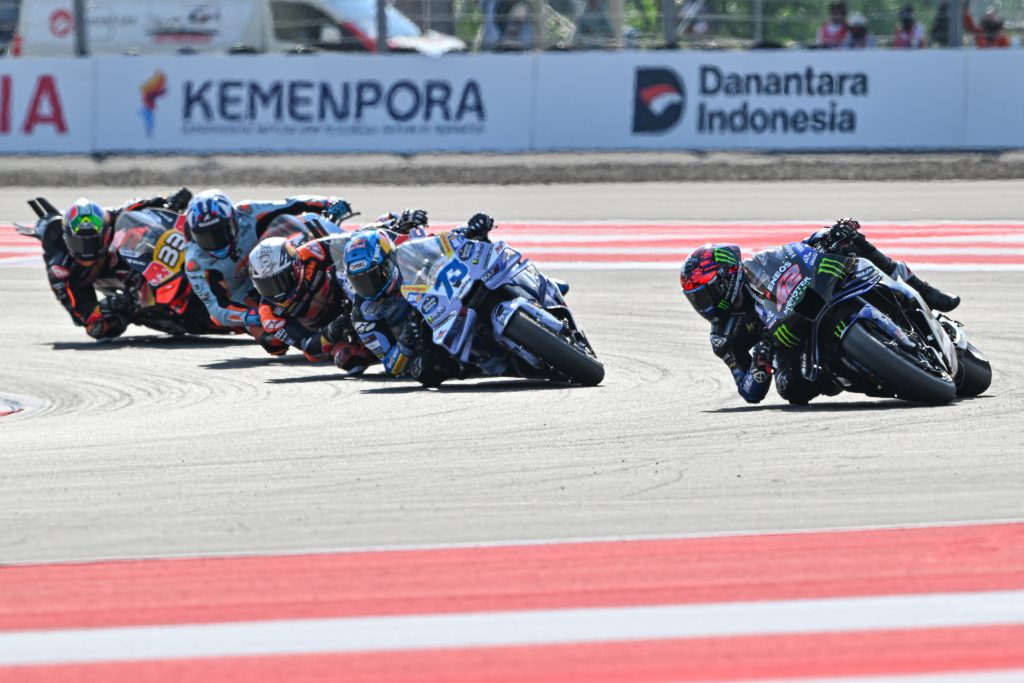
Subscribe to our Telegram channel for instant updates!
MotoGP qualifying might look confusing at first glance, two short sessions, lots of time sheets, and plenty of drama. But once you understand how it works, it all makes perfect sense. The qualifying format plays a vital role in determining who starts at the front of the grid for Sunday’s race, and it often provides as much excitement as the race itself.
Free Practice (FP1, FP2, FP3): The Foundation for Qualifying
Before qualifying, riders take part in three Free Practice sessions (FP1, FP2, and FP3) held across Friday and Saturday morning. These sessions are not just for testing setups but they also determine who goes straight into Qualifying 2 (Q2). At the end of Free Practice 3, the combined times from FP1, FP2, and FP3 are taken. The top 10 fastest riders from these combined results automatically secure a spot in Q2, giving them a direct shot at pole position. Meanwhile, those outside the top 10 positions have to go through Qualifying 1 (Q1).
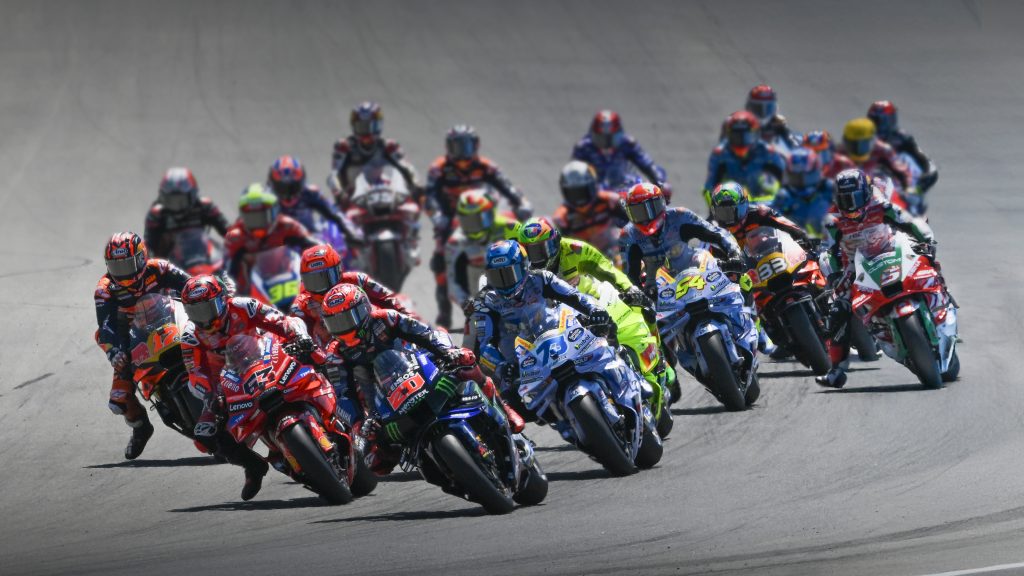
Qualifying 1 (Q1): The First Elimination Round
Q1 is the first qualifying session and it includes all riders who did not make it into the top 10 from practice. This session usually lasts 15 minutes, and every rider tries to set their fastest possible lap. At the end of Q1, the two fastest riders advance to Qualifying 2, while the remaining riders will fill the grid from positions 13 and below based on their Q1 times. This means that even if a rider was slow in practice, they still have a second chance to fight for a better grid spot.
Qualifying 2 (Q2): The Battle for Pole Position
Q2 is where the fastest riders go head-to-head. Just like Q1, the session also lasts 15 minutes, featuring the top 10 riders from practice and the top 2 riders who advanced from Q1, making a total of 12 riders. The goal here is simple, try to set the fastest lap time possible. The fastest rider in Q2 earns pole position and will be starting first on the grid for the race. The rest will line up according to their Q2 times. Because every tenth of a second matters, Q2 is often intense with riders waiting until the final minutes to unleash their best laps.
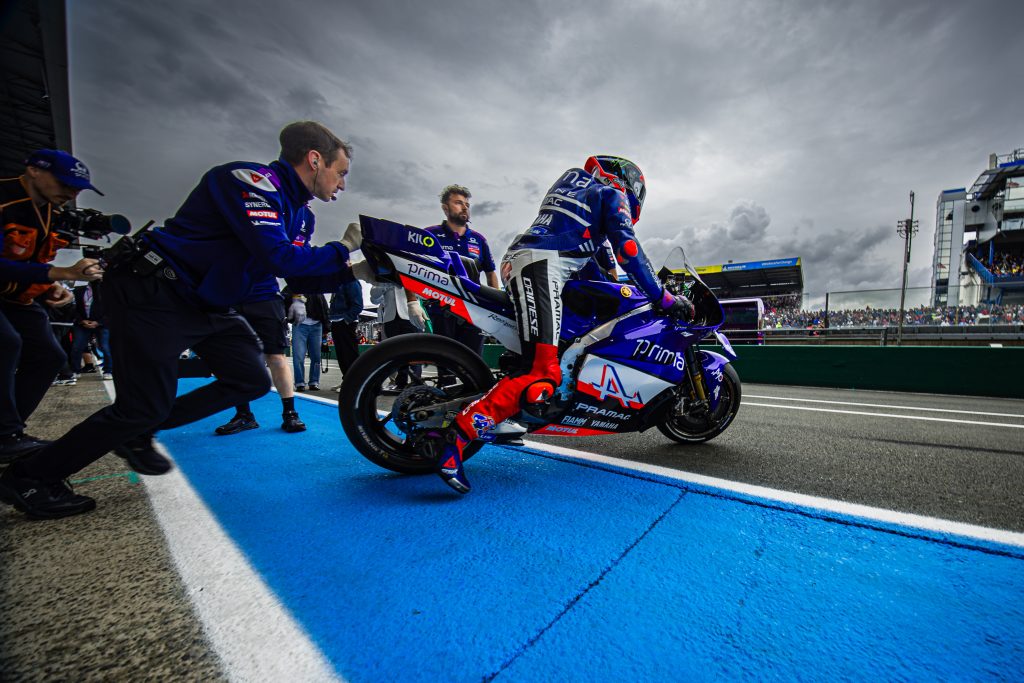
Sprint and Race Grid Positions
Since MotoGP introduced Sprint races in 2023, qualifying results now determine the grid for both the Sprint and the main race. That means your Q2 performance affects your entire weekend which gives qualifying even more importance.
Tiebreakers and Rules
If two riders record the exact same time, the one who set it earlier in the session keeps the higher position. Track limits, yellow flags, and lap cancellations can also affect qualifying results — so consistency and timing are everything.
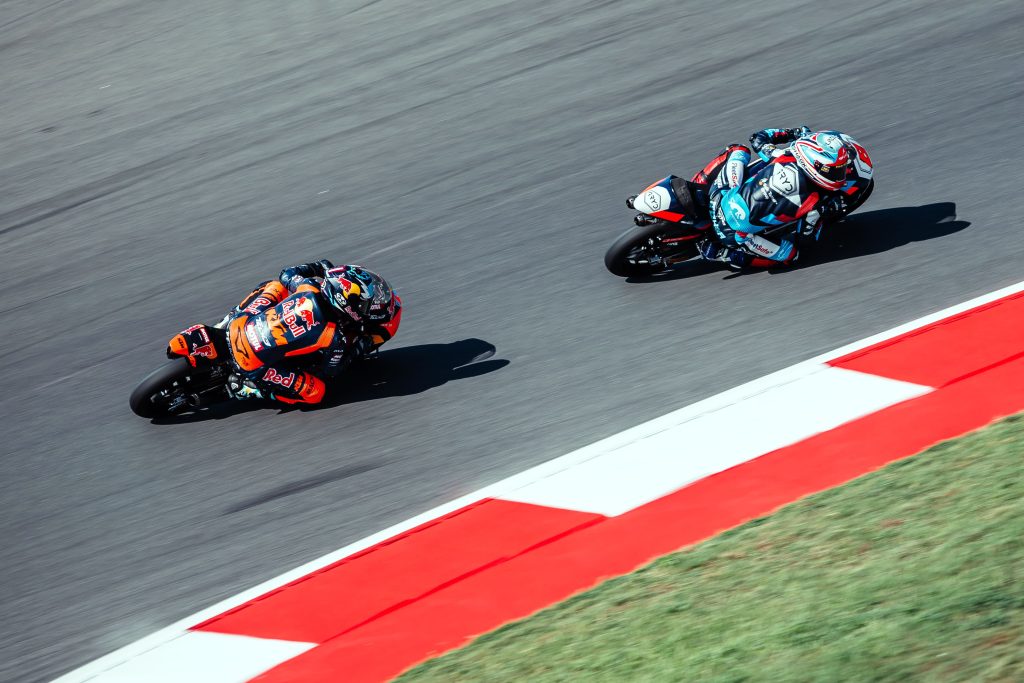
How Moto2 and Moto3 Qualifying Work
The qualifying system in Moto2 and Moto3 follows a very similar structure to MotoGP, but with a few slight differences. Just like MotoGP, both classes also have Free Practice sessions that determine who enters Q1 and Q2. However, because of the larger number of riders in these classes, only the top 14 from the combined practice times automatically progress to Q2. The rest of the riders must go through Q1, where the top 4 from that session move up to Q2. That makes Q2 an 18-rider session, where everyone fights for pole position and the best possible grid spot for the race. This system keeps qualifying competitive and fair, ensuring that even riders who struggle early in the weekend still have a shot at the front rows.
Why MotoGP Qualifying Matters
Starting position is crucial in MotoGP and its support classes. With races often decided by fractions of a second, being on the front row can mean the difference between winning and struggling in traffic. That’s why qualifying isn’t just a warm-up, it is a high-stakes battle in its own right.






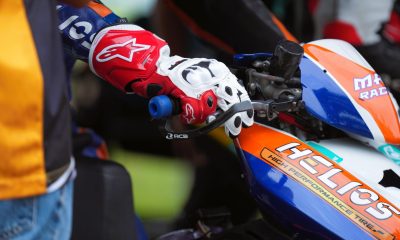
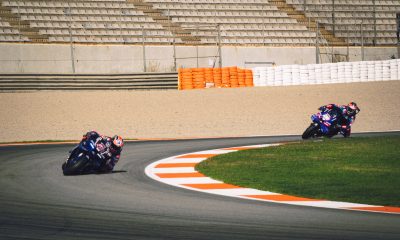
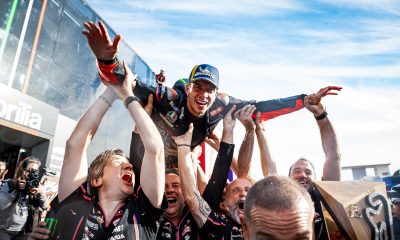
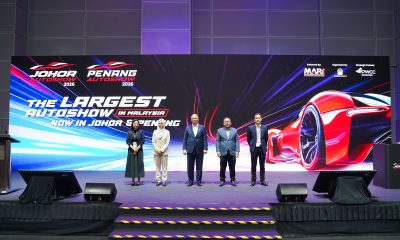





















Facebook
Instagram
X (Twitter)
YouTube
LinkedIn
RSS